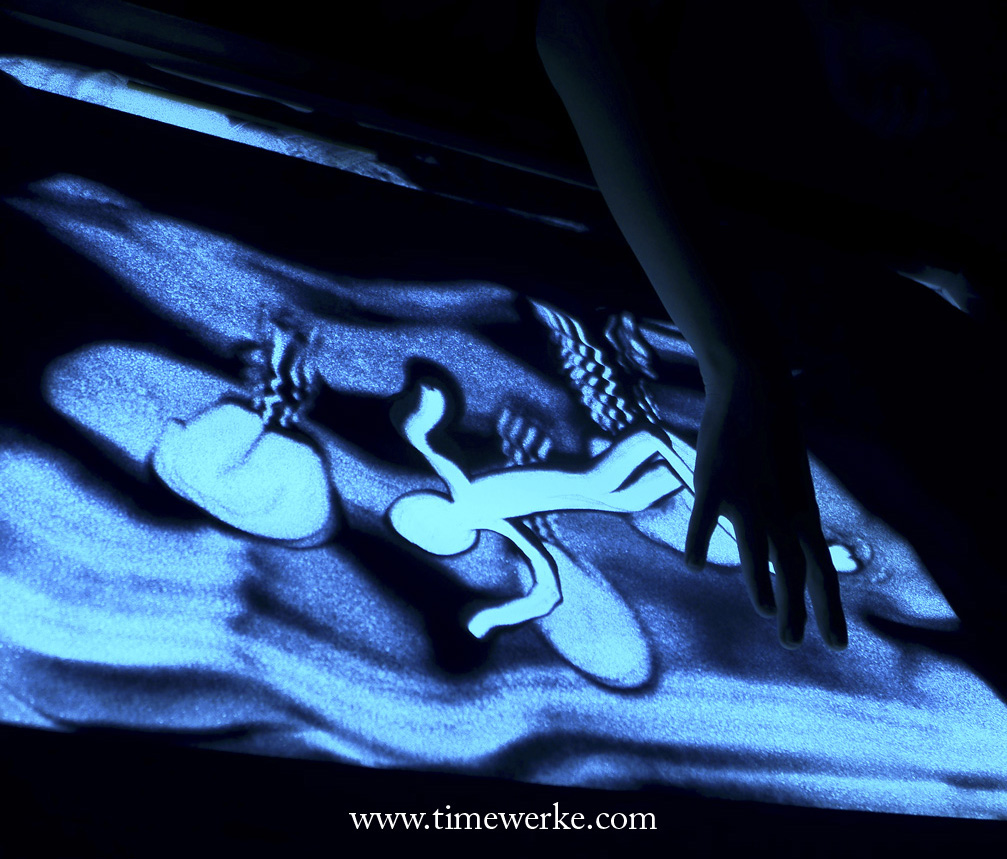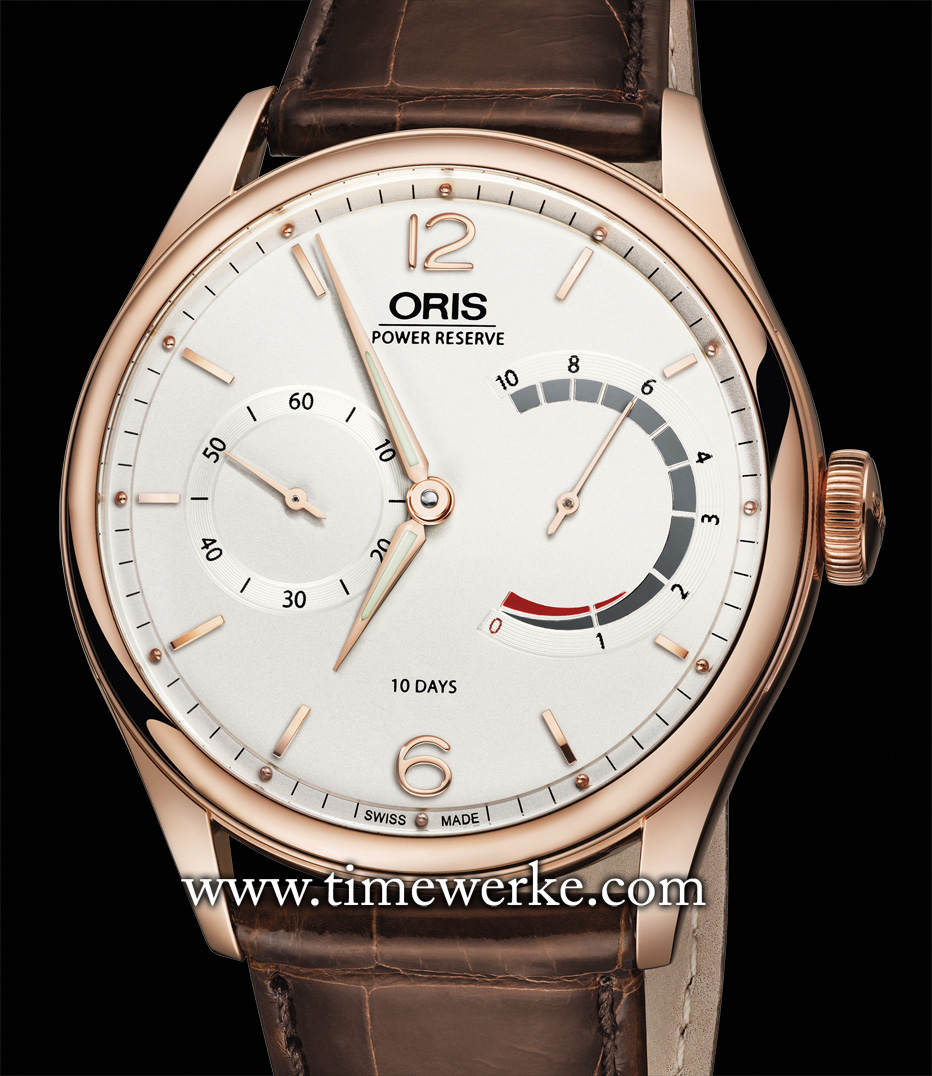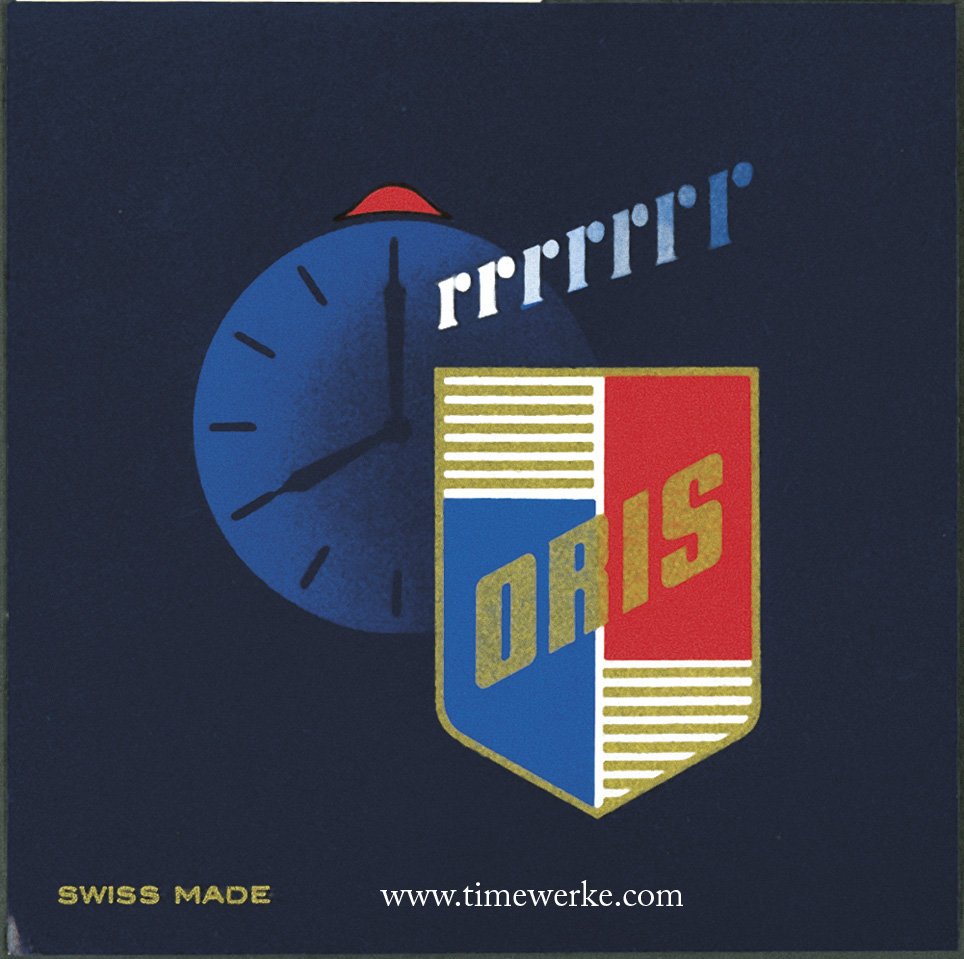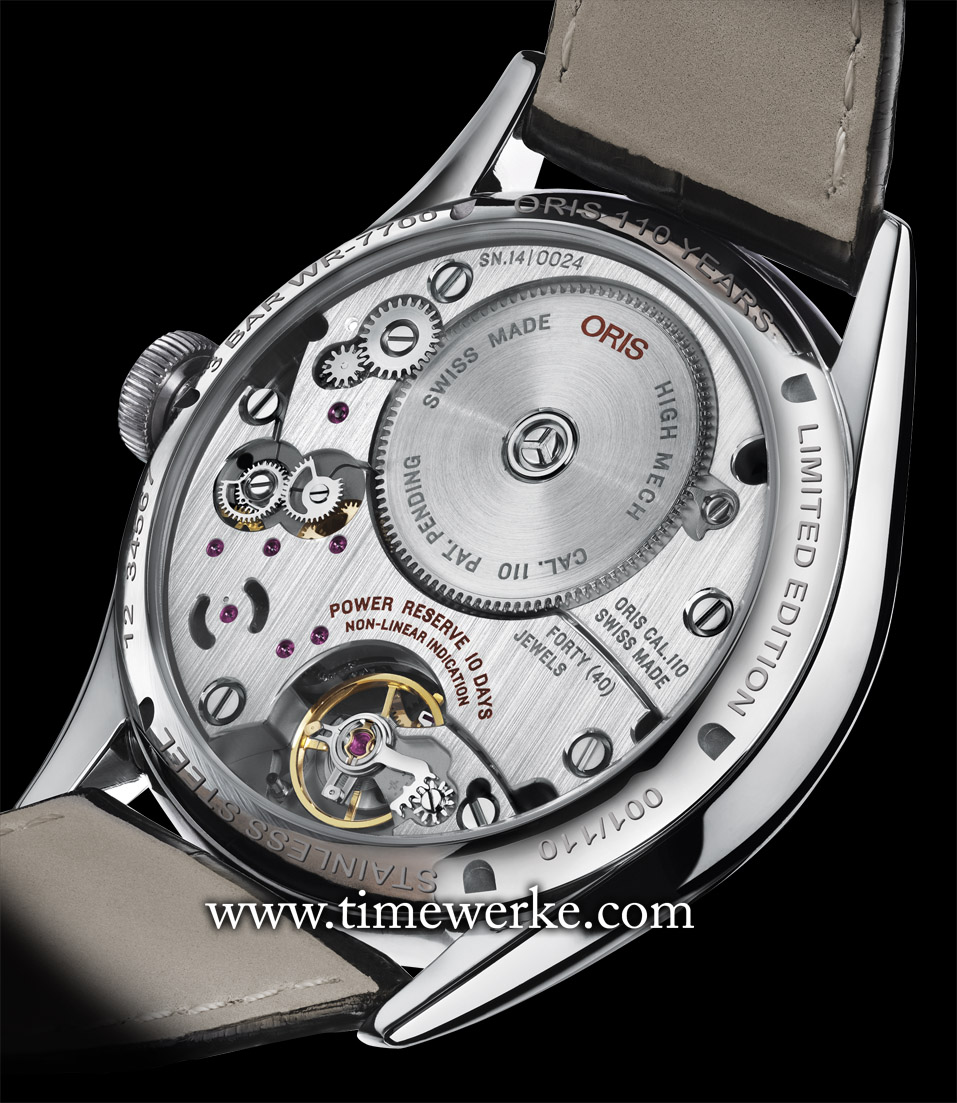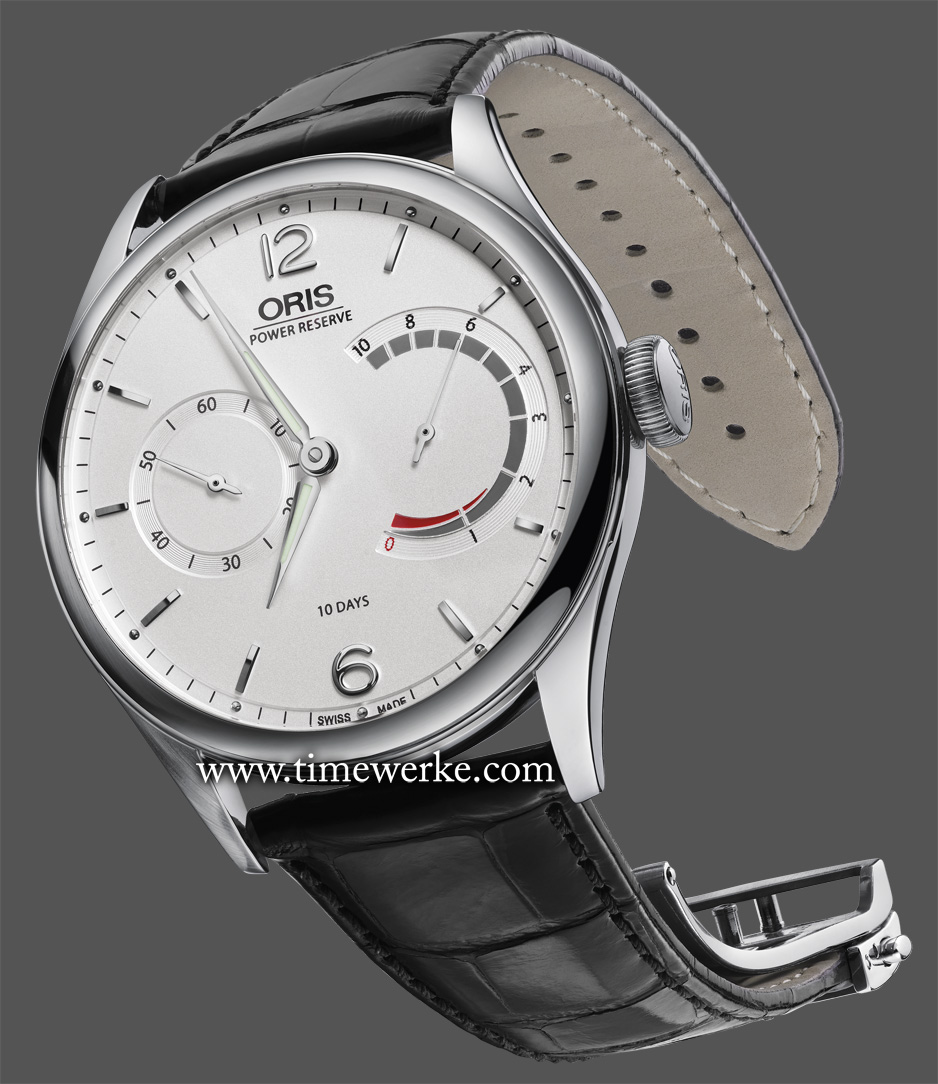
Sand painting artist Stacey Lee working her magic at IWC’s regional launch of the 2014 Aquatimer collection (for the markets of Singapore, Malaysia, Indonesia and Thailand). Photo: © TANG Portfolio
The Aquatimer collection is IWC’s main highlight for 2014 and the new models were launched at the Salon International de la Haute Horlogerie held in January in Geneva, Switzerland.
The first IWC Aquatimer was introduced in 1967 and the name of the collection is derived by combining the words aqua for water and timer for timing.
Interestingly, sand is not just related to the sea but with time as it was used in early hourglasses; hence the term “sand watch” for the hourglass as well.
That probably explained why sand was a featured highlight when IWC held its regional launch of the Aquatimer collection in late March 2014 for the markets of Singapore, Malaysia, Indonesia and Thailand.
Held in Singapore within the Mohamed Sultan Road area, a place known for its nightspots, sand painting artist Stacey Lee “drew” creatures of the undersea world and an IWC watch with sand before an attentive audience prior to the official unveiling of the watches.
Among the watches unveiled was the IWC Aquatimer Automatic 2000 (Ref. IW358002), so-named because its case is water-resistant to 200 bar or 2,000 metres (6,561 feet).
Such water-resistance is more than sufficient as recreational divers will only dive down to the maximum depth of around 30 metres (100 feet). In fact, most marine creatures can be found less than 15 metres (50 feet) underwater.
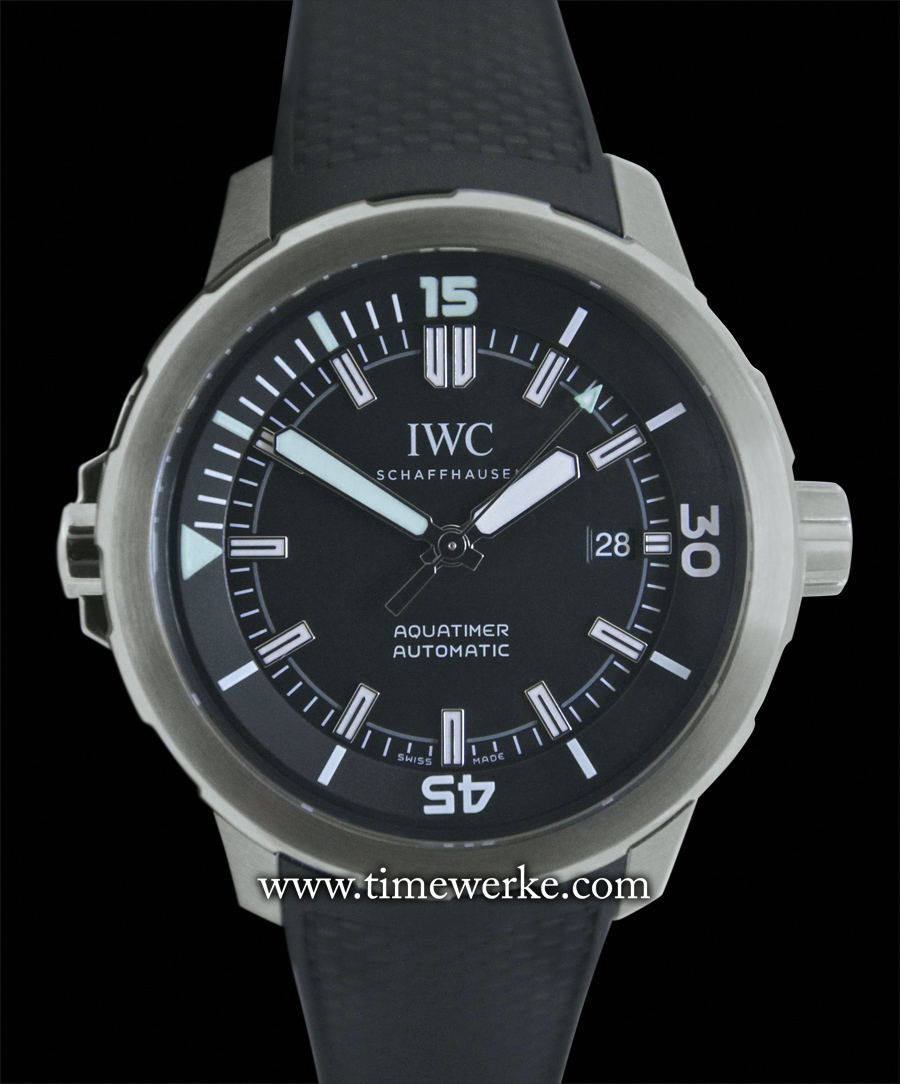
The 46mm diameter IWC Aquatimer Automatic 2000 Ref. IW358002 with the thickness of 20.5mm. Powered by IWC’s in-house Calibre 80110 automatic movement. Water-resistant to 200 bar or 2,000 metres (6,561 feet). Retailed at SGD Retailed at SGD13,900 (Singapore dollars) / MYR32,000 (Malaysian Ringgit). Photo: © TANG Portfolio. 2014 Salon International de la Haute Horlogerie
This is a point Edouard d’Arbaumont, managing director, IWC Southeast Asia including Australia and New Zealand, can attest to. While holidaying on the Malaysian island of Tioman with his family in 2013, he went snorkelling with one of his daughters.
Submerged and with diving face masks on, they (d’Arbaumont and his daughter Marine) were fortunate enough to spot a sea turtle swimming by. That was a moment both father and daughter will never forget, he notes. Of course, he will also not forget what was on his wrist at that time – an IWC Aquatimer (the IWC Deep Two, from what we gather).

Edouard d’Arbaumont, managing director, IWC Southeast Asia including Australia and New Zealand sharing his holiday experience in Tioman. In 2013, while snorkelling together with his daughter, Marine (and not forgetting the IWC Deep Two on his wrist), they had the good fortune to sight a sea turtle in Tioman, a Malaysian island. Photo: © TANG Portfolio
The regional launch event will be the last for d’Arbaumont in this part of the world as he will be embarking on a new adventure. d’Arbaumont will be moving on to the United States to take charge of IWC’s North American operations.
What he will take along with him include the experiences in this part of the world, among which is the wonderful underwater encounter.
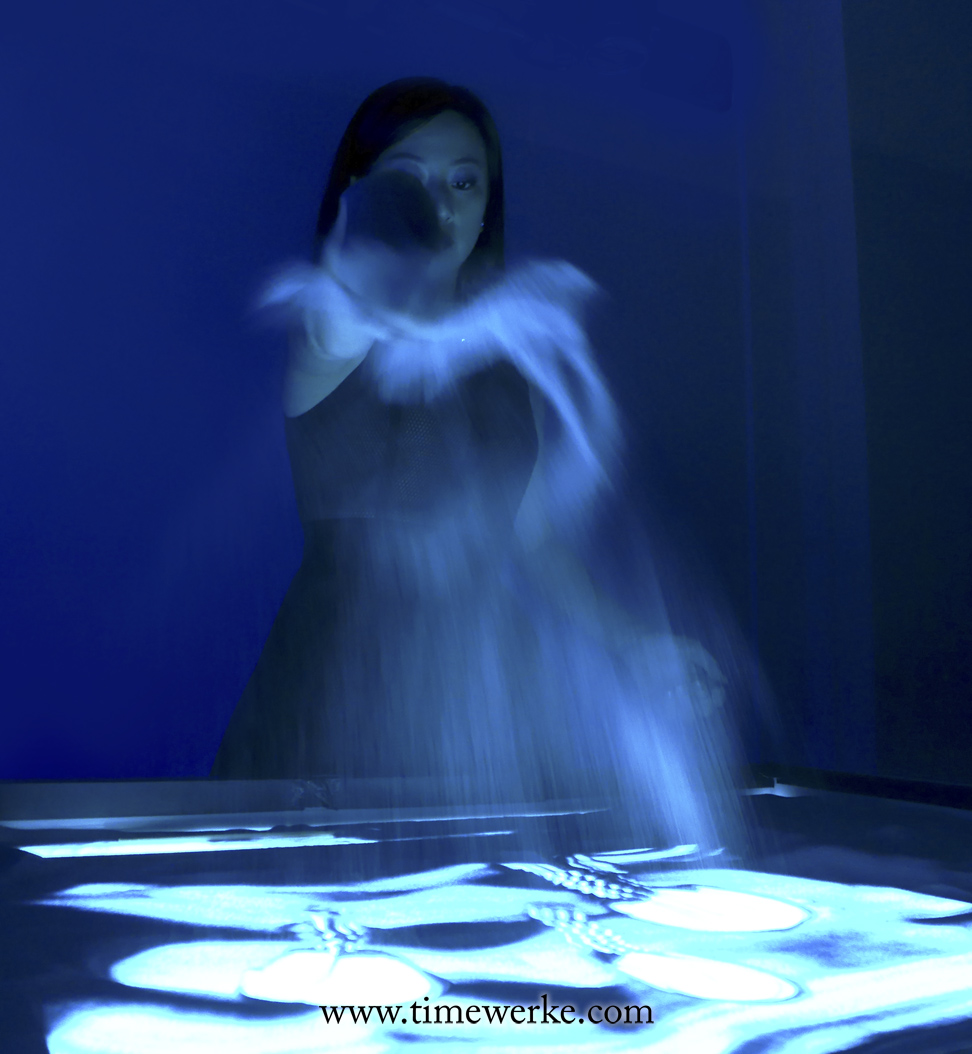
Sand painting – the creative use of sand. Stacey Lee tells us she took up sand painting five years ago (in around 2009). Photo: © TANG Portfolio

